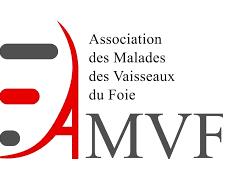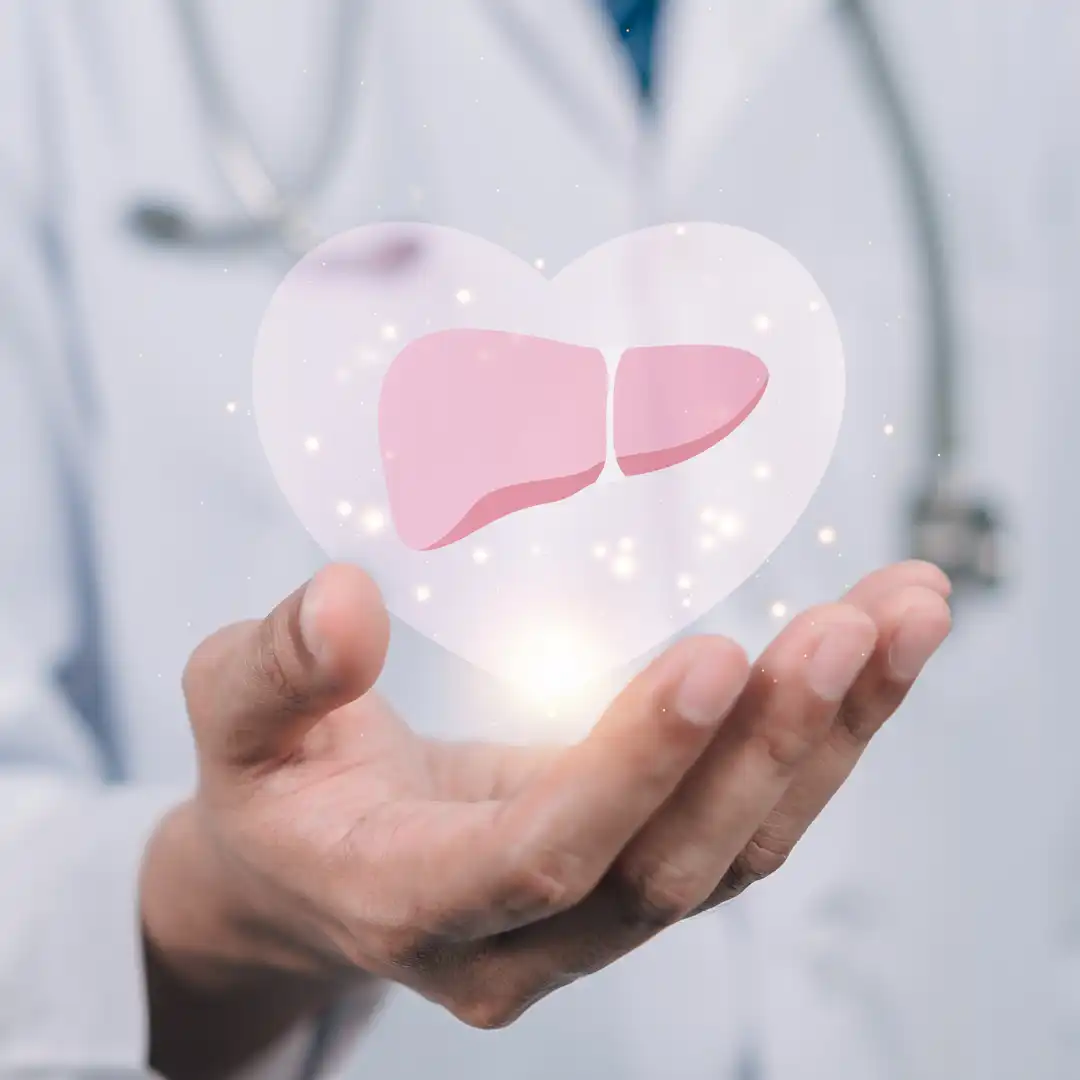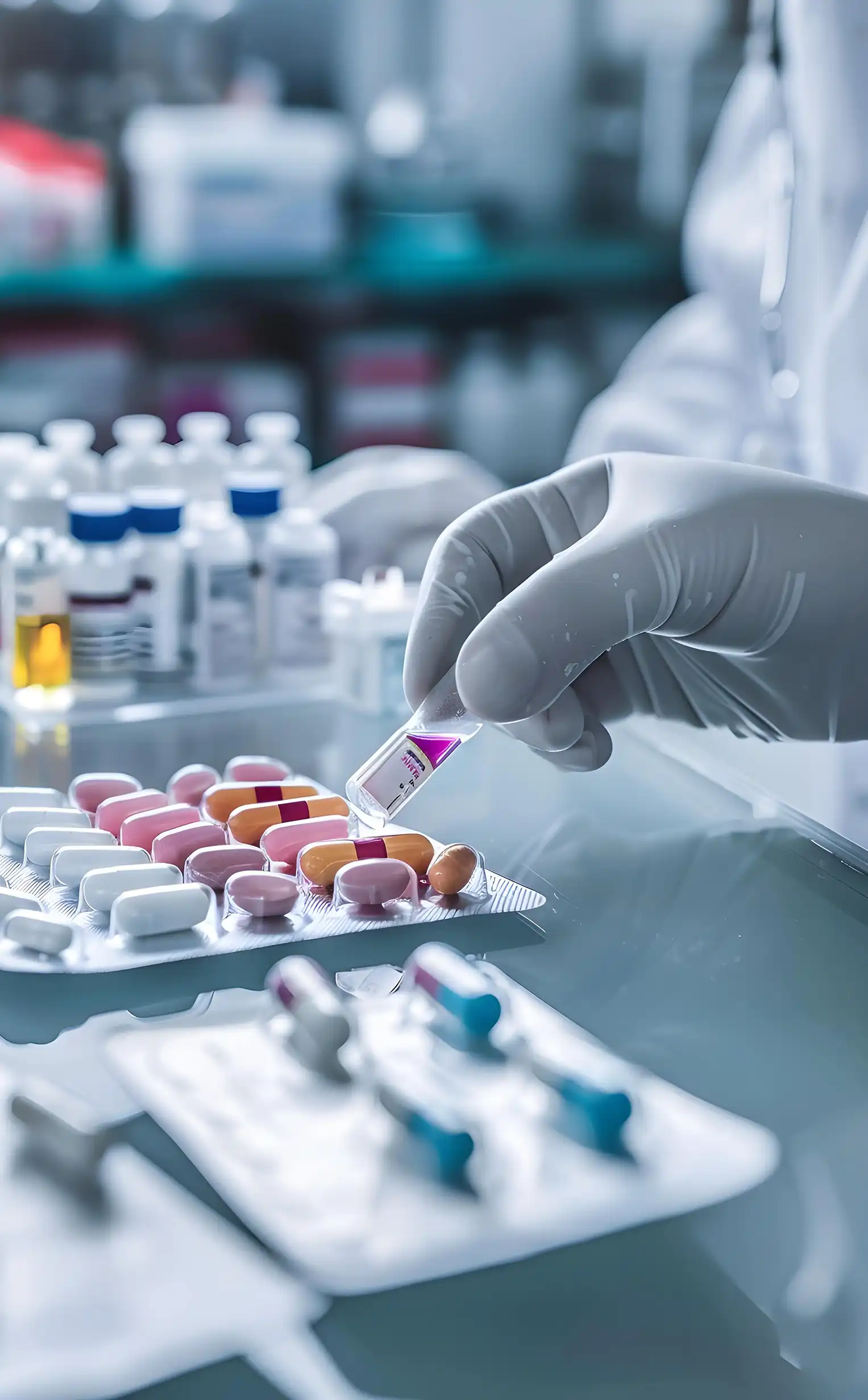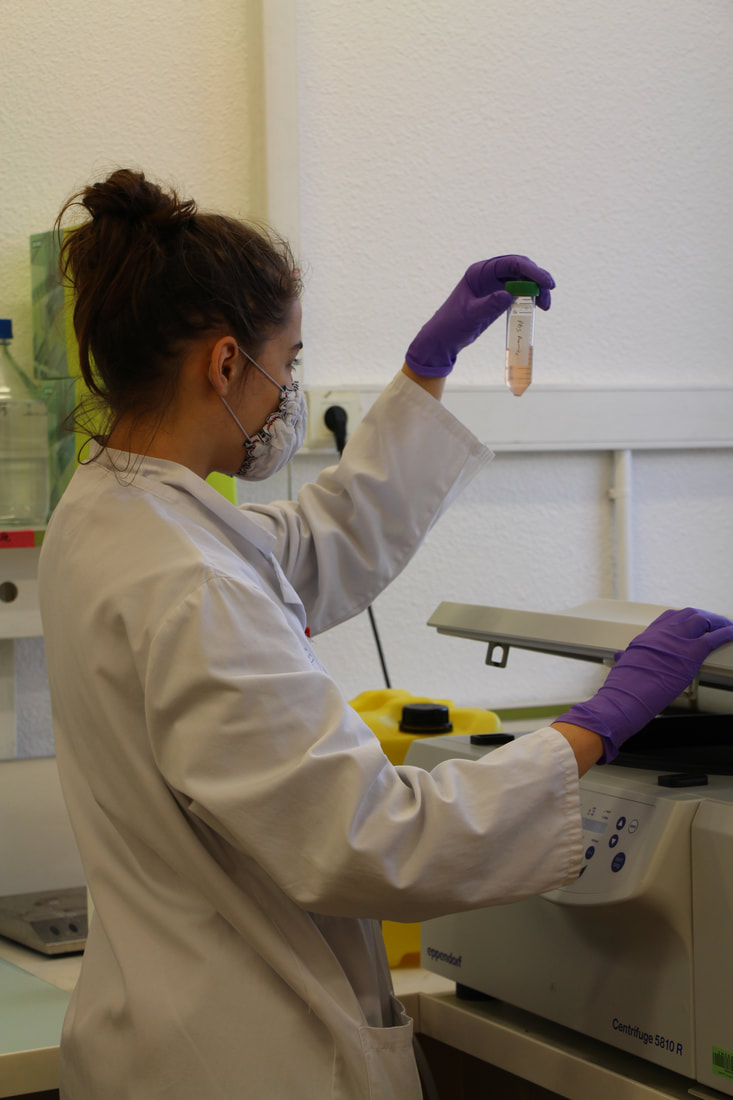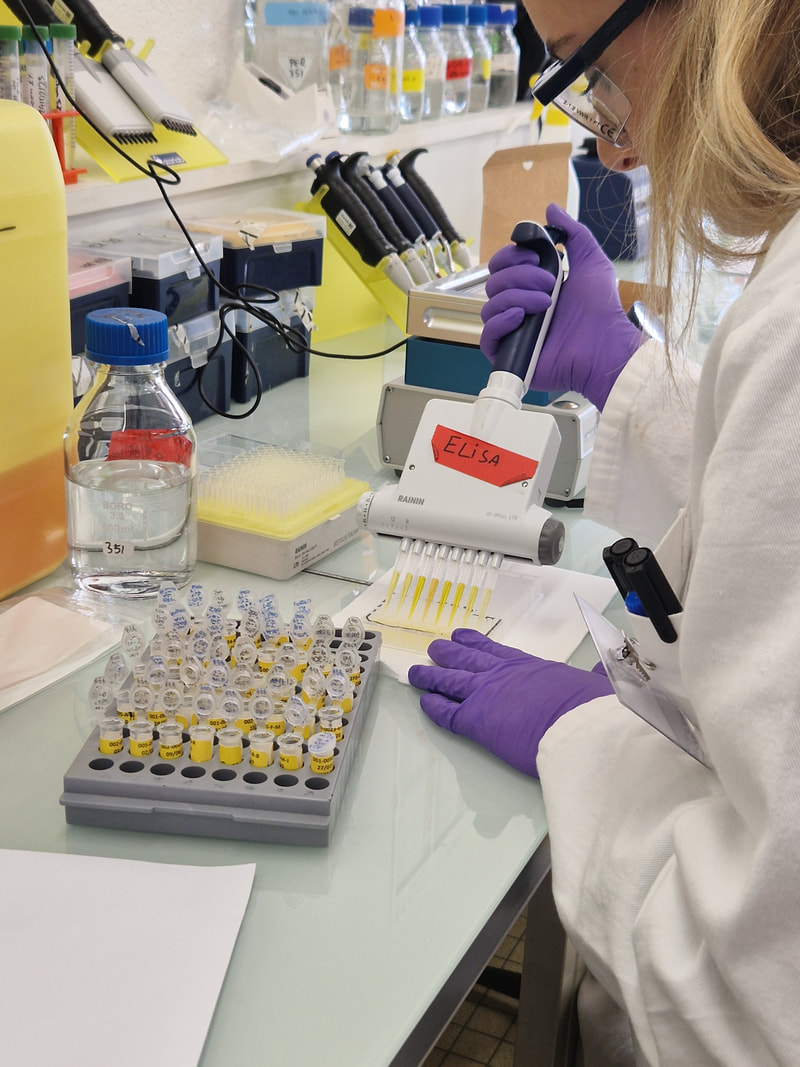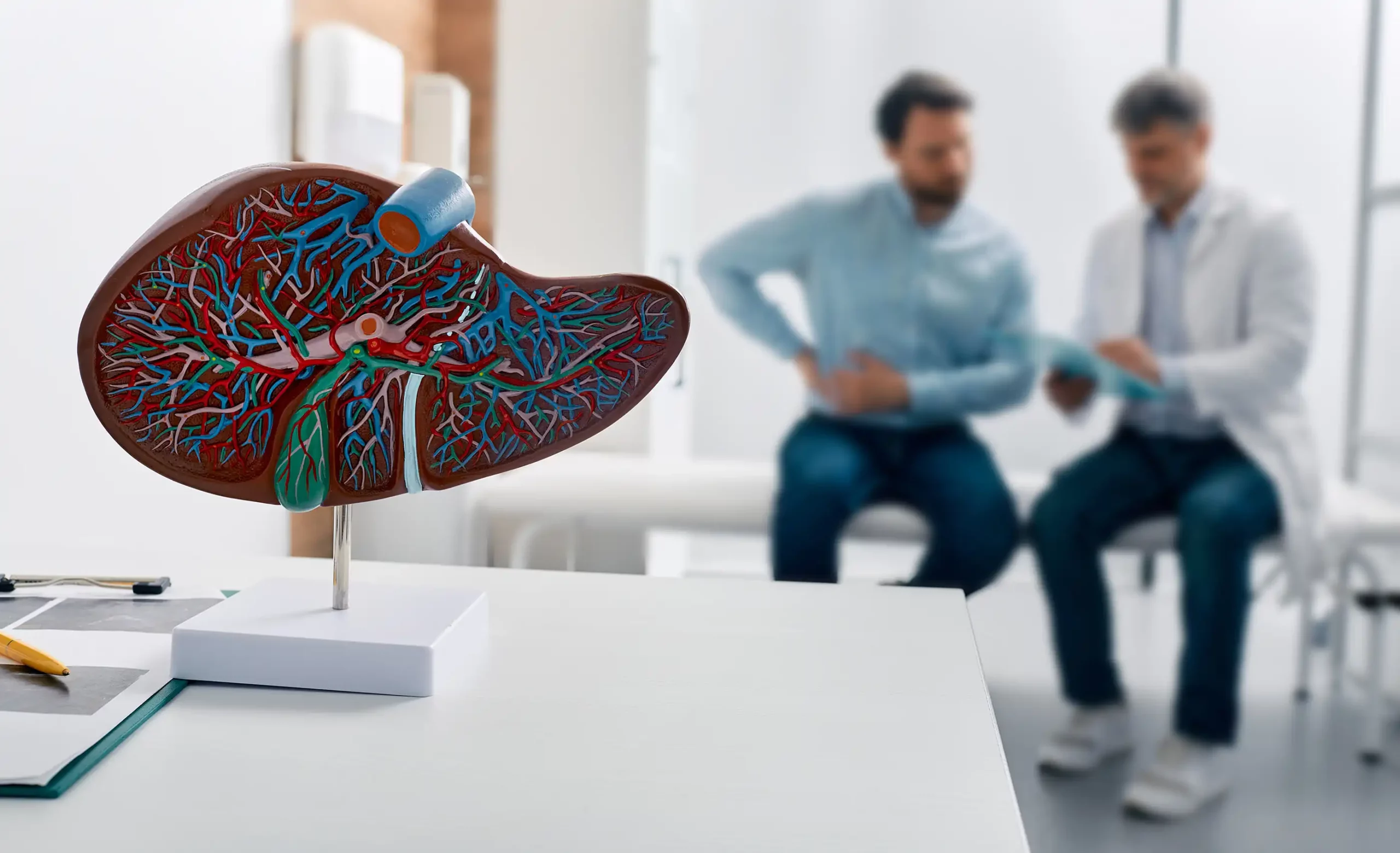
Association des Malades des Vaisseaux du Foie
The Official Website
The patient is at the heart of our concerns
AMVF Presentation: our aims, how do we operate
Patients and close relatives confronted with these diseases decided to meet and created an association in October 2005.
Our aims are to:
– Improve the knowledge of these diseases with doctors, patients, general public, and authorities.
– Link patients with each other so that they do not feel isolated, provide them with information and to support them.
– Promote medical research to fight liver vessels diseases, and support the creation of Reference Center for these diseases.
– Make sure that all expenses related to specific liver vessel diseases are covered.
– Reinforce the links between patients and the medical profession to ensure better assistance.
How does the AMVF operate ?
An Annual General Meeting sets guidance, budget and statutes and members of the Board are elected.
A board with at least two meetings a year will initiate the steps and resources needed to meet our objectives.
A Scientific advisory Board is also assisting us in validating all our scientific information and in giving guidance for an efficient way of using Medical Research donations.
See members of the Scientific advisory Board
Our diseases
The liver vessels
The liver is the largest and most important organ of the body with the particular function of permanently processing the blood coming from the digestive system in order to adapt it to the needs of other organs. Like any other organ, it has an artery (input) and hepatic veins (output). But, and this is unique in the whole (of the) body, the liver also has a vein which penetrates it, coming from the intestine, the stomach and the spleen; it is the portal vein.
The total blood mass going to and from the liver represents a quarter of the overall blood mass that the heart pumps, (of which a third by the hepatic artery and two thirds by the portal vein).
Attacks of the vessel
The main problems are obstruction of the hepatic veins (Budd Chiari or portal cavernoma) .
In some cases, the obstruction results from a compression due to a nearby injury. Most of the time, the incident is said to be « primitive »: thrombosis (blood clot), triggering a phlebitis (venous inflammation).
Thrombosis occurs when blood tends to clot (Prothrombic state) .
Some conditions are inherited, i.e.: like factor V Leiden, factor 2 mutation, shortage of proteins C and S or antithrombin .
Other conditions can appear throughout life, like: myeloproliferative and antiphospholipidic syndromes, nocturnal paroxystic hemoglobinuria, oral contraceptives or pregnancy.
Generally, thrombosis is due to a combination of several factors.
The reasons why thrombosis can occur in the hepatic or portal veins and not elsewhere in the body are still unknown.
Symptoms of our diseases
At the beginning of the thrombosis, patients may have no signs or very common ones.
In some instances, the signs may be very serious:
– extreme fatigue,
– pains, fever,
– abdominal swelling caused by liquid (ascites).
– All intermediate stages are possible.
The initial signs can spontaneously, reduce, disappear or become worse.
Later, the signs reflect the inconvenience of the blood flow in the liver vessels (portal hypertension): abdominal varicose veins, some of which -the oesophageal varicosis- can be the origin of a digestive haemorrhage.
In case of hepatic veins thrombosis, chronic ascites, jaundice, mental confusion, infections will confirm the hepatic functions are affected.
In case of a portal thrombosis, its extension can cause a severe intestine pain.
Nevertheless, even after a very acute start, the effect on the vessels can remain totally invisible. The body has, indeed, some very efficient means to compensate.
EARLY DIAGNOSIS
Early diagnosis can make a difference in our lives.
Quick identification of a vascular disease gives the best chance to identify the causes and then to stop the pernicious impacts to the liver or the intestine;
— to anticipate the extension of the thrombosis to other non-affected veins and even,
— to obtain the regression of certain thrombosis through treatments.
90% of the cases can be diagnosed by non invasive exams (Doppler ultrasound, scan or MRI) which allow the veins to be observed. The results of these exams are all the more trustworthy when the radiologist is well experienced and has been made aware by the physician of the hypothesis of a vascular risk.
Once the diagnosis of the liver vascular disease has been established, specific investigations will be performed by an haematologist to identify the prothrombic status.
Treatments
Treatments exist:
They require the cooperation of experts in several disciplines: specialized labs, hematologists, radiologists, hepatic surgeons, anesthetists, resuscitation specialists and of course hepatologists.
The first step is to:
(a) assess the specific treatment of the causes when they are known;
(b) to administer anticoagulants;
(c) to treat severe manifestations (ascites, kidney failure, infections, digestive hemorrhage)
Nowadays, these treatments are well recognised in liver and gastroenterology units.
The second step is to make the thrombosed veins patent again, once and for all (angioplasty of the hepatic veins or of the vena cava).
In case it fails, the third option is to make a derivation between the portal and the cava systems. This is currently what is done using TIPS. (This technique is far less invasive than surgery).
In case this fails as well, a hepatic transplant must be envisaged.
Thanks to these different treatments, there have been constant improvements in the last thirty years.
Some diseases which were potentially fatal after a few months or years have now become non visible in 85 % of the cases. This is the result of continuous treatment and regular checkups.
The following documents can be downloaded and printed from the links below (updated on 29th of November 2021)
Budd Chiari Syndrome
For a better knowledge of the illnesses of the blood vessels of the Liver. From the Medical Service to Everyday Life
Portal Hypertension
Abdominal surgery for livervessels patients
Esophageal varices
Pregnancy in patients with vascular liver diseas
Medical Research :
Immediate medical needs
– Identify unknown thrombosis parameters.
– Make more simple tests available to identify known parameters, and in particular the myeloproliverative syndromes.
– Make more practical anticlotting drugs available.
– Provide more efficient and better tolerated treatments, in particular for blood disorders.
– Increase efficiency in the use of angioplasty or TIPS.
– Make therapeutic procedures (angioplasty and TIPS) more successful and less complicated.
Medical research development
– Understand why thrombosis occurs in the hepatic or portal veins and not anywhere else in the body.
– Understand why some blood diseases generate clotting.
– Understand the irreversible after-effects of thrombosis and how to prevent them.
– Understand how ascites builds up with Budd Chiari.
– Understand the natural mechanisms of compensation after a venous thrombosis, so that they can be stimulated.
– What are the impacts of hepatic vascular obstructions on the aggravation of frequent liver diseases like viral hepatitis, cirrhosis or alcoholic cirrhosis.
Taking into consideration patients’ problems
– Ensure the medical follow-up of all patients, wherever they come from.
– Improve patients’ comfort (pain management of ascites …. ) and support them.
– Improve information supplied to patients and to their relatives.
– Identify where the nearest specialised hospital for treatment is.
– Ease patients’ difficulties so that they can get on with their everyday life.
– Consider the influence of the disease on family members and relatives.
– Ensure prompt reimbursements.
To develop this research
Against these diseases which affect around 3,000 people in France, We, patients and relatives, have decided to contribute in creating the
« Fund for Medical Study and Research »
As early as 2007, the Fund started paying for studies directly connected to these rare diseases.
The relevance of the studies, directly aimed at these rare diseases, is analyzed by our Scientific Board. This Board is under the directorship of the distinguished European specialist, Professor Dominique Valla, from Beaujon Hospital in Clichy (Paris suburbs).
Professor Valla will put forward concrete and immediate interventions. This information will be available to our members and on this website.
For the first year AMVF gave € 2000 for the molecular study of hepatic nodules occurring during the Vascular Diseases of the Liver (Budd-Chiari syndrome, portal vein agenesy, portal vein thrombosis, hepatoportal sclerosis)
The following year, in 2007, € 4000 were given by the AMVF fund for the study of the « significance of circulating micro particles, in patient with cirrhosis or Budd-Chiari syndrome, in the activation of hepatic stellate cells ».
This year, the AMVF will support 2 new research programs:
– € 5000 are allocated to the test protocol on new anticoagulants and portal thrombosis
– Another € 5000 is given to the AFEF (Association conducting studies on livers diseases and promoting the Hepatology discipline in the French speaking areas) in order to contribute, as financial partner, to the THROMBOCIR study.
Thanks to your participation, we are hoping to be even more efficient in the near future.
Jak2…a medical discovery
Writer : Professor Dominique Valla Chairman of the AMVF Scientific Board
Myeloproliferative disorders include polycythemia vera, essential thrombocythemia and idiopathic myelofibrosis. Unregulation of the production of blood cells from bone marrow stem cells is responsible of the disorders. A major complication, which is still not understood, is thrombosis. The risk for thrombosis developing in the splanchic area ( portal and hepatic veins ) is between 1 and 5 %. Conversely, a myeloproliferative disorder is present in 35% of patients with portal venous thrombosis and in 65 % of those with hepatic vein thrombosis There is no explanation for such a discrepancy. In a patient with splanchic vein thrombosis, it is essential to investigate for a myeloproliferative disorder. Diagnosis is difficult to make on the sole ground of usual clinical and laboratory investigations. Invasive examinations are necessary: bone marrow biopsy; bone marrow aspirate allowing for cultures to show that stem cells alone do not need the growth factor which is normally required for red blood cells production (spontaneous erythroblastic colony formation ); and the measurement of the total amount of red blood cells in the body ( red cell mass). All those investigations are complex, expensive, time consuming, and not standardized (specific expertise is necessary and is scarce ).
Appearing in Spring 2005, a study from William Vainchenker and Nicole Casadevall group showed that most of the myeloproliferative disorders are a consequence of a JAK2 protein gene mutation. In the progenitor blood cells, this protein acts as a regulator. Normally, the blood cells production is regulated by a specific » growth factor » : erythropoietin for red cells, GCSF (Granulocyte-Colony Stimulating Factor) and GMCSF (Granulocyte-Macrophage Colony-Stimulating Factor) for white cells, thrombopoietin for platelets. According to the needs, those growth factors are produced (e.g. erythropoietin in the case of anaemia ). They associate to the receptors of progenitor surface which then activates inside the progenitor the JAK2 protein and, by a cascade effect, starts the production of missing cells. The V617F mutation leads to a permanent activation of JAK2 which becomes independent from growth factor orders. The consequence is an unsuited and longstanding « myeloproliferation ».
The implications of this discovery are of great importance:
1. Understanding the mechanism leading to the myeloproliferative disease.
2. A simple diagnosis test based on a mere blood sample.
3. A true hope of a treatment using a JAK2 inhibitor.
There are limits, however: almost 100% of cases of polycythemia vera are explained by the V617FJAK2 mutation but only 50 % for other myeloproliferative diseases. In the next future, a mere positive test for the mutation will permit a diagnosis of myeloproliferative disease . If the mutation is undetectable, bone marrow biopsy would be needed. Assessment of erythroid colony formation and measurement of the red cell mass would become unnecessary for making a diagnosis, although not for making a decision on treatment.
A last important word : we are dealing with a « somatic mutation » ( a mutation appearing during our life only in one bone marrow cell progenitor , at variance of to a » germinal mutation » which would be transmitted by paternal spermatozoids or maternal ovocytes.). This acquired mutation is therefore not transmissible. Myeloproliferative diseases are not inherited disorders
The AMVF links
Strength through unity. AMVF is member of AMR and EURORDIS well known organisations very active in the field of Rare Diseases.
In addition, AMVF is registered to ORPHANET.
Other associations or organizations share our concerns. We strongly recommend that you visit their websites. Unfortunately not all of these websites are bilingual.

A.M.R. www.alliance-maladies-rares.org
AMR is the French Organisation for Rare Diseases, it is a patient-driven alliance of French patients organisations active in the field of rare diseases. AMVF is member of AMR. AMR is member of Eurordis.

EURORDIS www.eurordis.org
The European Organisation for Rare Diseases, EURORDIS, is a patient-driven alliance of patient organisations and individuals active in the field of rare diseases. AMVF is member of Eurordis.

ORPHANET www.orpha.net
ORPHANET is a database dedicated to information on rare diseases and orphan drugs. Access to this database is free of charge.
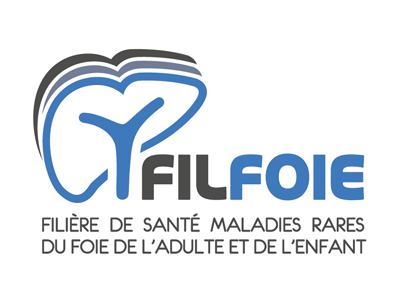
This sector was set up in order to pool resources and coordinate expertise at national level on all rare adult and paediatric liver diseases. The main objective of the Filfoie sector is to develop and coordinate the implementation of transversal actions aimed at harmonizing and improving the diagnostic, therapeutic and medico-social care of patients and at strengthening research activities in the field of rare liver diseases.
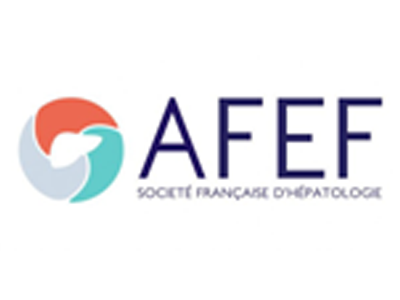
AFEF is a « learned society » which the aim is to promote the hepatology discipline in the French- speaking areas.
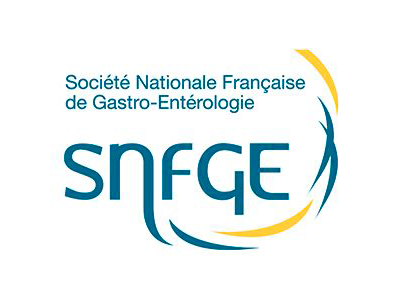
S.N.F.G.E. www.snfge.asso.fr
The SNFGE is the French reference center dedicated to hepato gastroenterology discipline.
EN-Vie
Consortium of Web sites covering a large spectrum of subjects, including medical.
Aidez nous à vous aider
Contact
Adresse
AMVF
Hôpital Beaujon
Service d'Hépatologie
100 boulevard du Général Leclerc
92118 Clichy cedex
. Auvergne Rhône Alpes avec Cécile (06.77.85.84.12)
. Bourgogne Franche Comté avec Cécile (06.77.85.84.12)
. Normandie (ex « Basse-Normandie ») avec Delphine (06.30.23.51.06)
. Normandie (ex « Haute Normandie ») avec Liliane (06.09.51.59.72)
. Occitanie avec Delphine (06.42.08.98.33)
